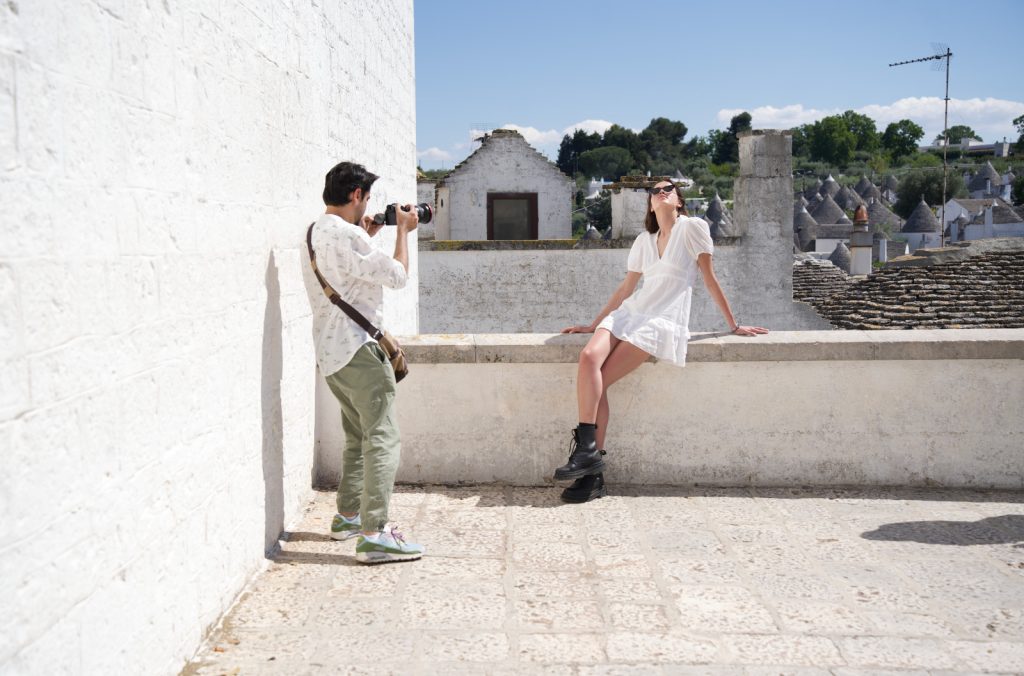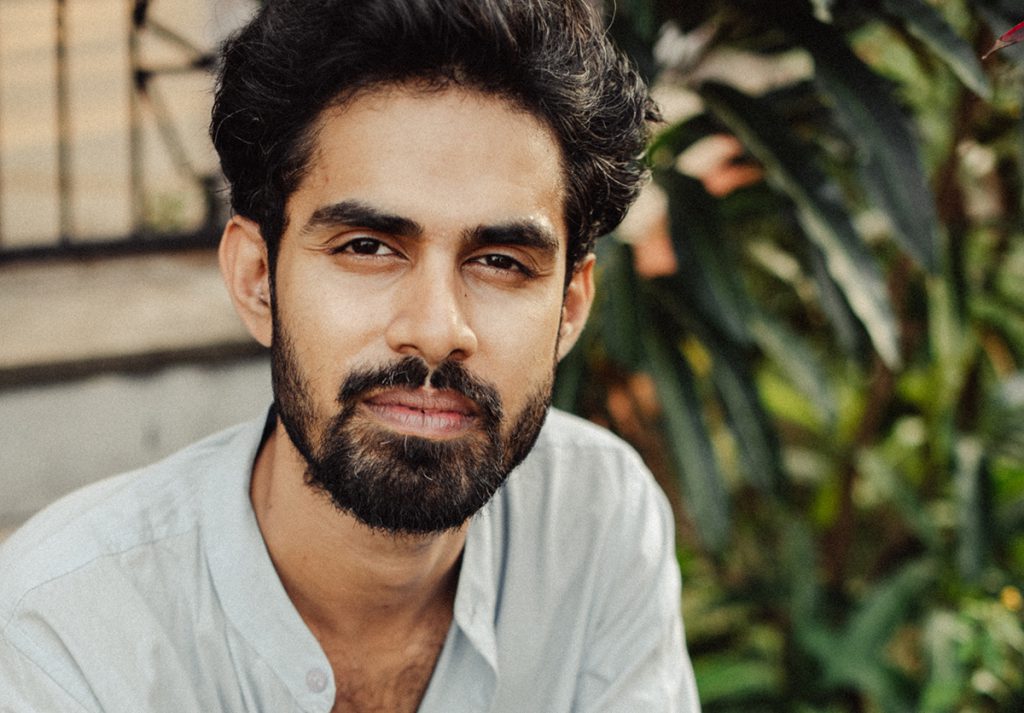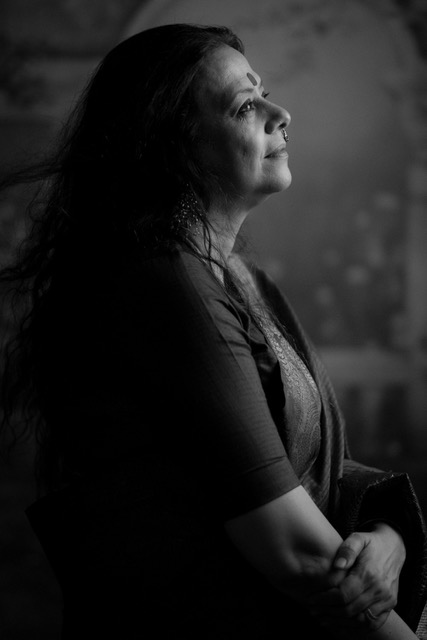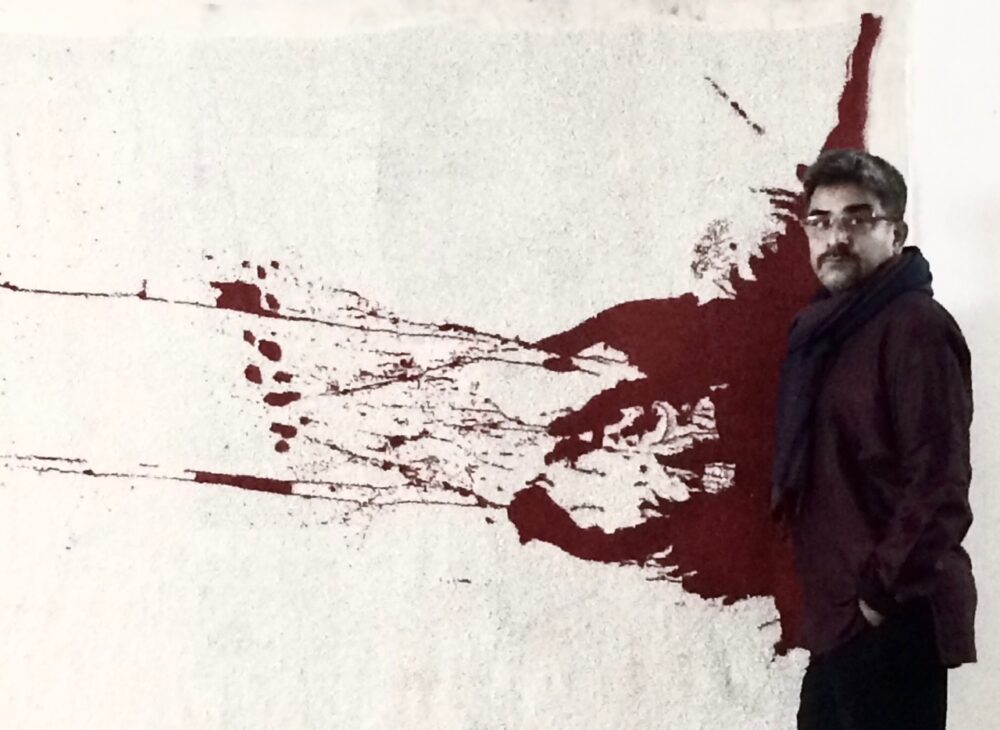Today we have in our midst Zafar Mehdi; an architect turned filmmaker, whose newest film Plus D’amour is making strides in film festivals around the world. Zafar’s journey is a testament to the transformative power of embracing one’s true calling. After a Bachelor of Architecture from Integral University in Lucknow, Zafar interned and worked as an architect for two years. Balancing his architectural career with his burgeoning passion for visual storytelling, Zafar dedicated weekends to creating videos and refining his editing skills. Owing to an unyielding love for films, he took a risk and left architecture behind. Seeking mentorship at The House on the Clouds, a renowned wedding filmmaking company, he mastered the art of crafting emotionally resonant narratives. This skill expanded into personal travel projects, interweaving cultures, and emotions into evocative stories. His initial foray into architecture helped him construct carefully designed and balanced images in colour and empty spaces.
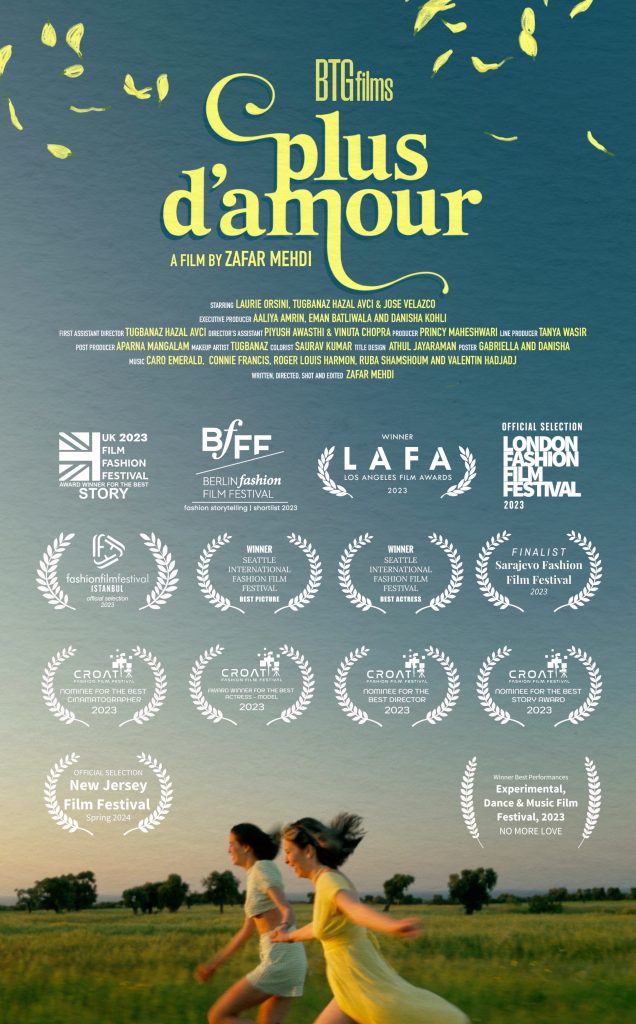
From the streets of France to the landscapes of Italy and Turkey, he evolved into a multifaceted filmmaker – cinematographer, editor, writer, and director, and now, he cannot stop creating films! Zafar’s films echo with authenticity, portraying the intricate threads of the human experience. His journey from architecture to visionary filmmaking exemplifies the profound impact of pursuing one’s true passion. Abir Pothi interviewed Zafar on his experiences as an architect and how it translated into filmmaking. We also discuss what makes Plus D’amour a must-watch and why has it been taking the film festival circuits by storm.
Can you tell us a little about your film?
Sure. Plus D’amour is a testament to the enduring nature of the human spirit and the power of self-belief. The film explores the delicate balance between heartache and female friendship, as it embodies the idea that while love may ebb and flow, the journey of self-realization lights the path towards inner strength and lasting hope.
Tell us about your journey into film and design.
I began my career in design as an architect but always leaned towards filmmaking since childhood. It was a passion that I cultivated without realizing that it would ultimately become my future. My journey as an architect, including my education and internship, introduced me to different materials, graphic design as well and different artists ranging from Munch and Picasso to Anish Kapoor and Subodh Gupta. I understand what materials and colours work together, and what is pleasing to the eye. My sense of design radically improved when I began photographing more often. I have always been a visual thinker, and I found stories to tell in the photos I clicked. Later, when I learned about editing software in my internship, I was able to tell stories as visuals blended to make narrative sense.
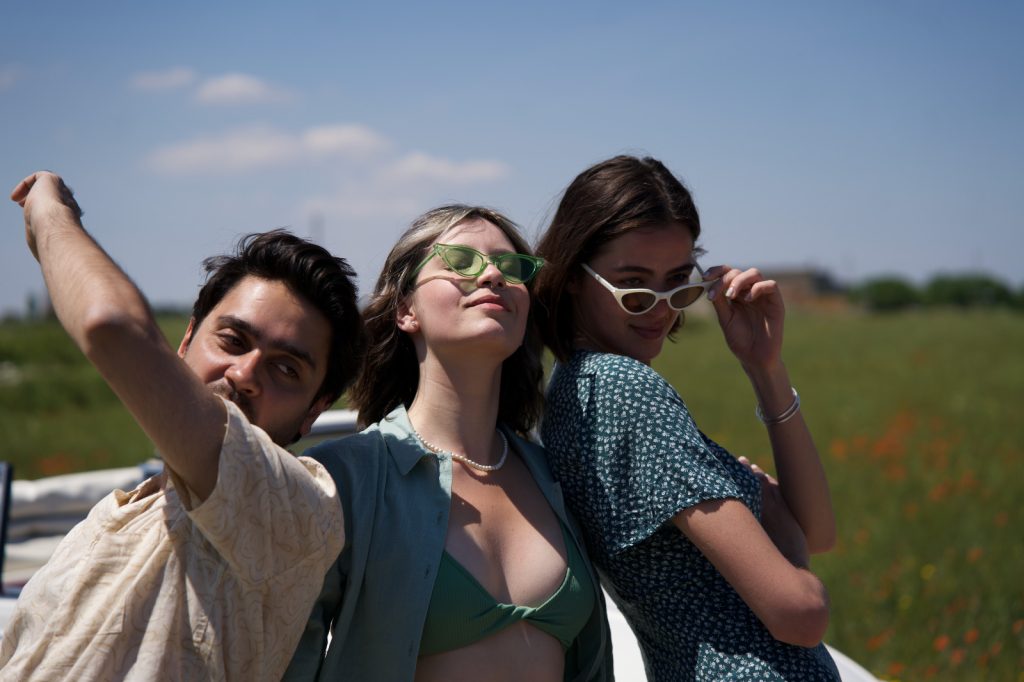
I left my architecture career after just a year and a half to join House on The Clouds, a wedding filmmaking company. They appreciated my sense of simple and realistic storytelling, although I still wonder why they hired me despite being an amateur. My main learning experience while working there was experimenting with minimal resources and making the best wedding video out of it. In weddings, for example, unlike a film set, we have no control over lighting and sound, and we do not have a team. The main focus was to make the couple, and the family comfortable, direct them with ease and create a visual language centred around and aided by the story of the couple.
What was your exposure to art and aesthetics in your childhood?
My mother was an artist, and I vividly recall being fascinated by the various canvas and oil paintings she created. Although I wasn’t particularly interested in painting, I took an instant liking to films. Every Friday, my mom took me to watch films, mostly commercial blockbusters. They weren’t necessarily trailblazers or the epitome of art. I distinctly remember my first movie in a theatre being “Border” when I was around 3 or 4 years old. I later learnt from my mom that we had gone to watch a film and they were playing a trailer for another movie coming out soon–I did not want to leave the theatre, cause I wanted to watch that film that very day!
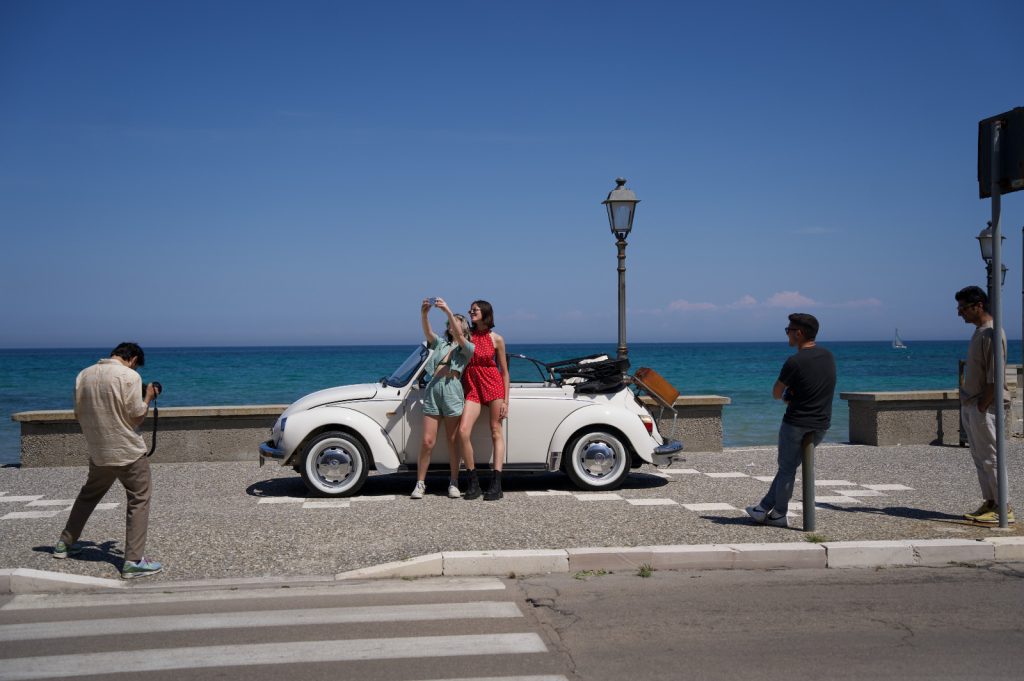
How does design play into the visualization and plot of a film? Is the process the same for all films, or does every story require a unique process?
I typically aim to create a specific feel for each film, and then design, aesthetics, and visuals naturally follow that essence. Usually, the first step in my process is listening to music. I find music, and the playlists I create to be the biggest inspiration to inform the mood of the film. Next, come certain visual elements that I cannot do away with. Pinterest is my go-to mood board. I look at the stylistic elements (whether it be the costume or the foliage) that I want to incorporate into my film. When you have a heap of photographs as I do, it’s a conundrum; sometimes it’s easy and other times it’s hard to scrutinize them. I select a bunch, which narrate the theme well, and explore the stylistic elements. I think to myself, ‘Was it the monochrome or the zoom shot which drew me to it, or was it the filter or the location which worked well with the mood?’
What role do your surroundings play in inspiring the visual aesthetic of your films?
The setting and location, the story, the characters and the music: all of it is constructed around the mood I wish to convey. Looking at certain images helps me visualize the film playing out in a certain way. If I want to tell a story in a country, I search for towns with certain spaces that can create a world for my characters. In that, architecture plays a pivotal role. It was very important to me to find the right house for Plus D’amour. The house and the space it offered the actors and the crew is incremental but also how the design of the house would fit in with the mood and visual aesthetic of the film was necessary. I wanted a house not too modern to take the viewers away from the plot of the film, but big enough for the character to explore in. Finding the right house was very important, and helpful in telling the story.
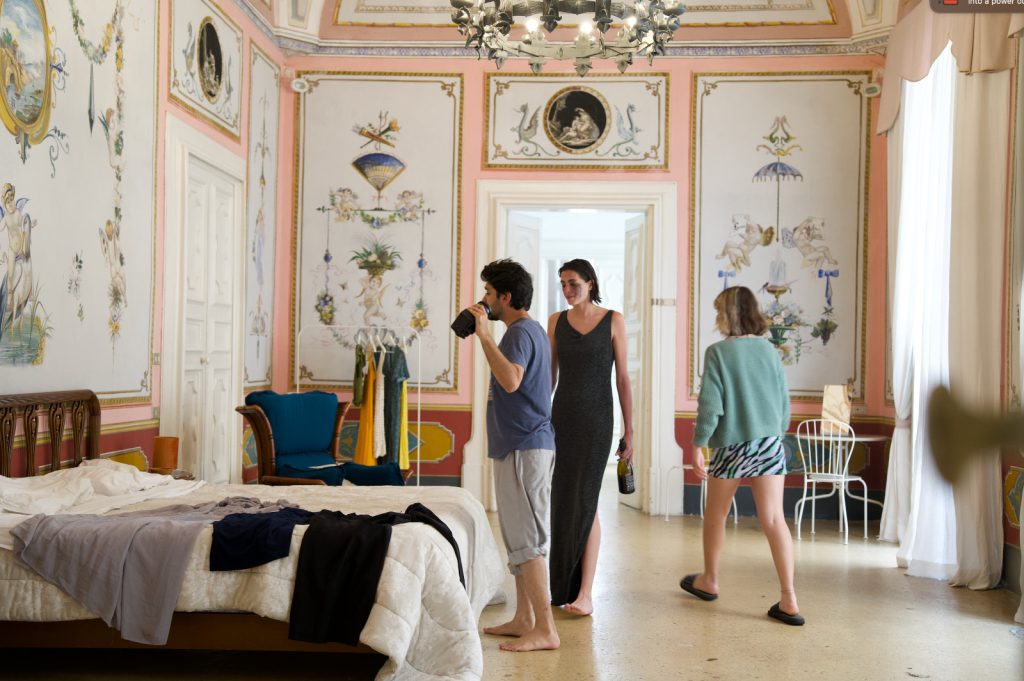
Let’s talk about Plus D’amour, a film which was directed by you and produced with BTG Films. What went behind the decision to shoot it in the Puglia region in Italy? Did the city act itself as a character in the film?
Italy had been on my filming bucket list for a long time. Along with BTG films, I decided to make a film there. I envisioned a blend of fiction, docu-drama, fashion, travel, and music, and Italy being a centre of budding culture fit in like a glove. I have shot in France and Turkey before, so I wanted a different city, brimming with underutilized architectural values to aid me in telling this particular story. The music and the characters fit in the narrative of the film set in Puglia and the city plan. So, I think yes, absolutely, the city played a very important part in telling this story.
What was the process like to let the characters breathe in this region? How did you familiarize yourself and your story with the landscape of the city?
This project required extensive research in the area. During my research, I found out a popular Bollywood song, Khudaa Jaane was shot in the same area! I familiarized myself with almost every corner of the region and their architectural prowess before even setting foot there. I mostly saw a lot of photographs of the region and read a lot of blogs about Puglia. I knew right then, that the city would add an imminent theatricality to these human emotions, owing to its impeccable buildings and roads. The planning of the city was such that there was a lot of space to run amok with varying natural elements in the same city. There was a beach we could explore along with natural pools, and the region was an exquisite mix of countryside and cityside. Once I knew the potential shooting locations, I crafted my stories around them, allowing for a bit of documentary-style freedom to investigate the city and spontaneously capture moments.
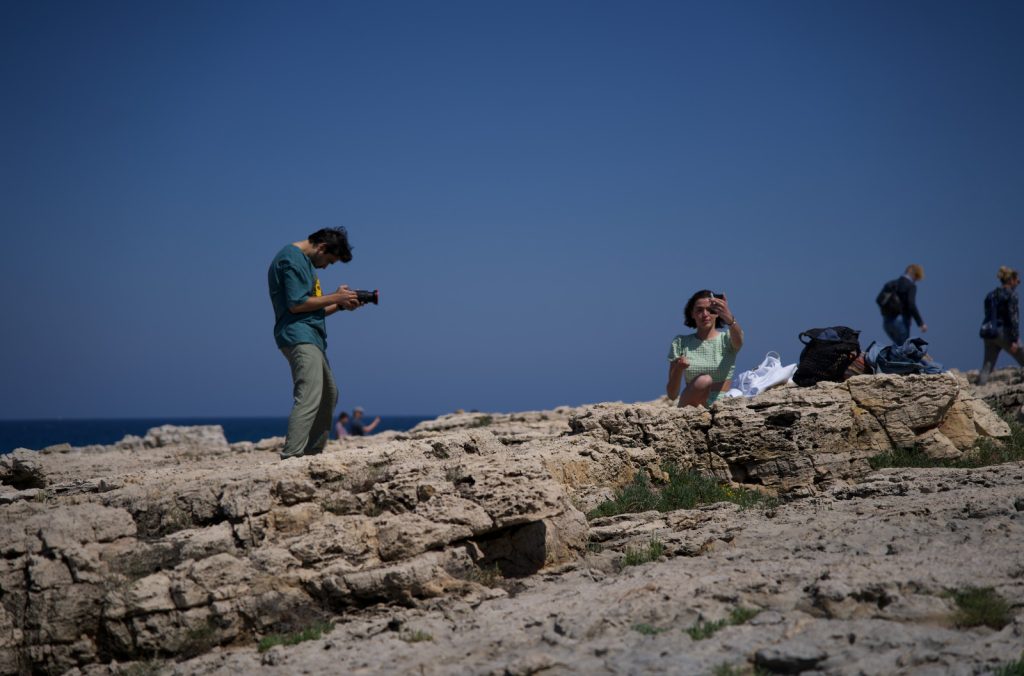
What were your inspirations for Plus D’amour? Do any particular films and design elements come to mind?
While there wasn’t a single inspiration, fashion photographs and songs (which are extensively embedded in the film) fueled my visualization. Photographs of places on varied occasions, along with the local music help me create a narrative. If I know the weather in Scotland in January will be dark and dreary, I am instantly moved to writing a dark film. For Plus D’amour, my previous film Tuba served as motivation. It was a similar process to visualizing and shooting it, and I used that experience as a stepping stone. I was able to view a city and its architecture through my character’s eyes. In Plus D’amour, I was experimenting with a little bit of Baroque architecture. It not only dramatized the setting, but also connoted the essence of heartbreak, gloom, and moving on perfectly and in grandeur.
How do you believe the principles and techniques of visual art, such as composition, colour theory, and symbolism, influence your decisions when framing and crafting visual elements in your films?
I was fortunate to be surrounded by a team of graphic designers, artists, photographers, and filmmakers, which expedited my learning process, aided by my background in architecture. As an architect, I learnt in detail about balance in colours, lines, and other graphic elements. Those aided my cinematography process in finessing and achieving a cleaner aesthetic. Despite infusing the architectural connotations (which mind you are grand), there was still a minimalism to the film. When thinking as a cinematographer, understanding colours, light, and composition is crucial.
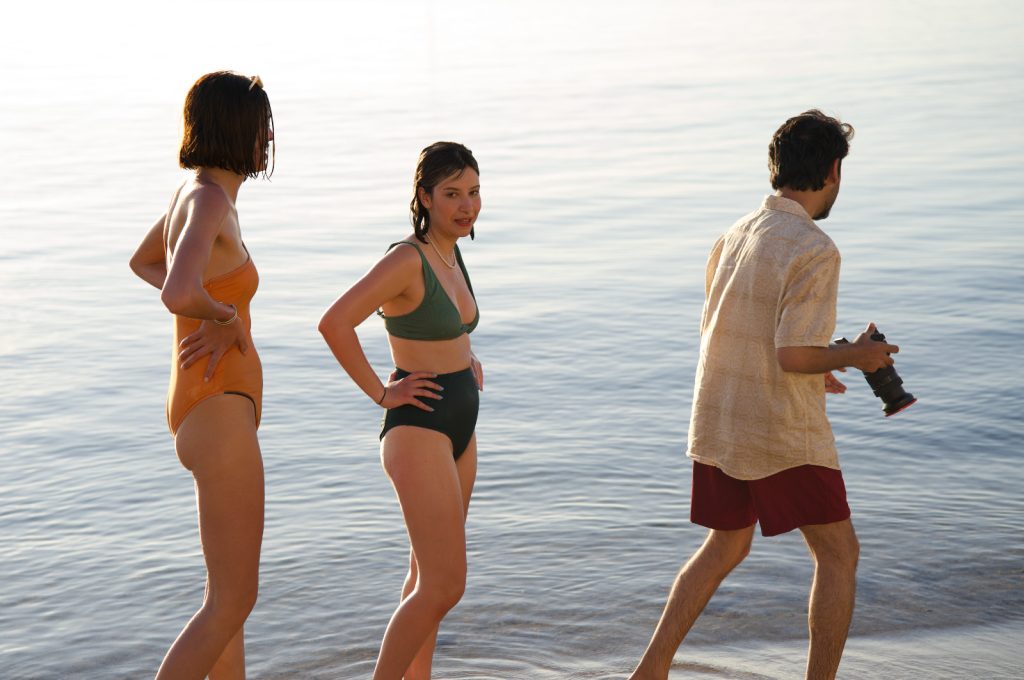
In the bathtub scene, I was lucky that it was a gloomy day because I was trying to create a dark and sad vibe. I also used a top-down shot there, because I wanted the viewers to see her fully submerge in the water. Every act in the film represents a certain emotion in the character’s life, so the light and the amount of space around here in a frame would have to represent that. I usually went with clean frames and a wider perspective to invite the audience to take a look around and her reaction to the city hinted at her mood. At the same time, tight shots or close-ups were best used to highlight only her emotions. However, as a filmmaker, there are moments when these technicalities can be set aside to focus on the feel and story.
Lastly, what’s next after Plus D’amour?
We have a concept in mind for another experiment, something that might succeed or fail. As long as we believe in the vision of that film, we can bring it to life. We aim to infuse a different feel into our next film, embracing the challenge of trying something new.
About BTG:
BTG (By The Gram) is a content studio founded by Eman Batliwala, Aaliya Amrin and Danisha Kohli. The ad agency-meet-production house is headquartered in Mumbai, servicing global clients. BTG is known for its fashion films and this year forayed into its first short film production, Plus D’amour.
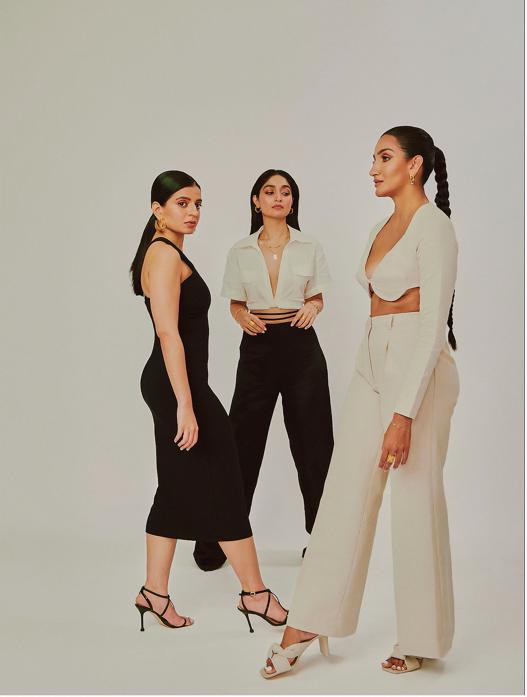
Courtesy – BTG
Image Courtesy – BTG

